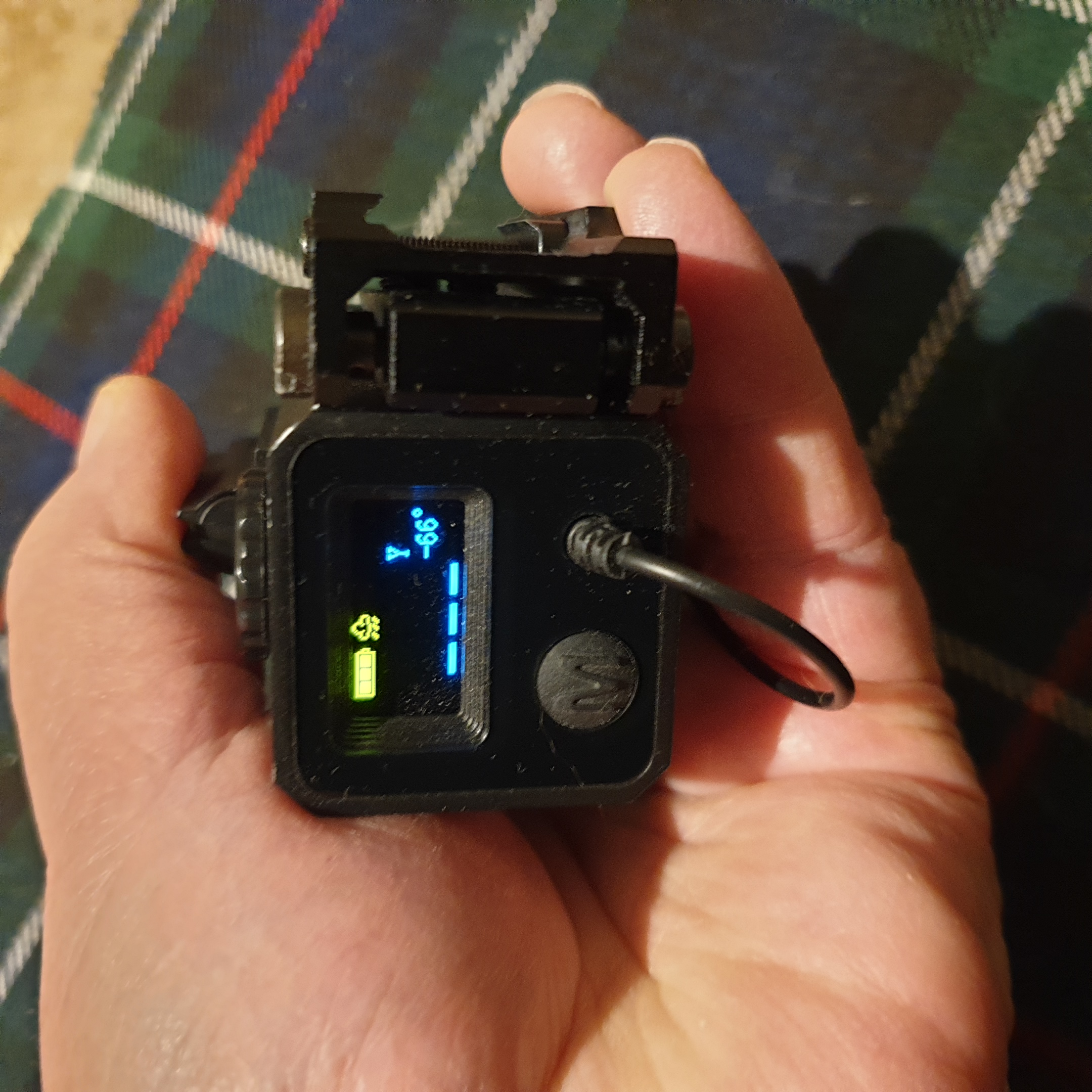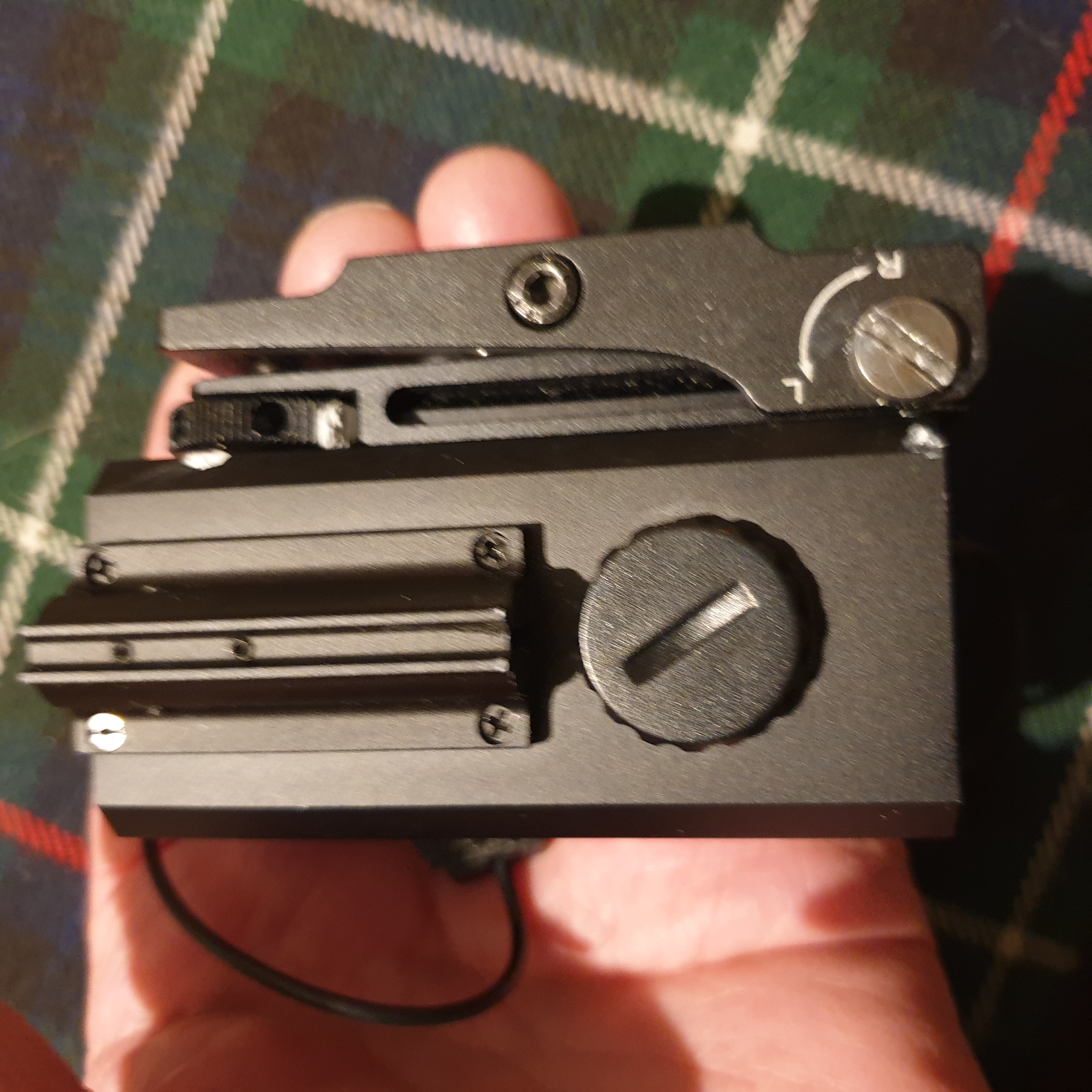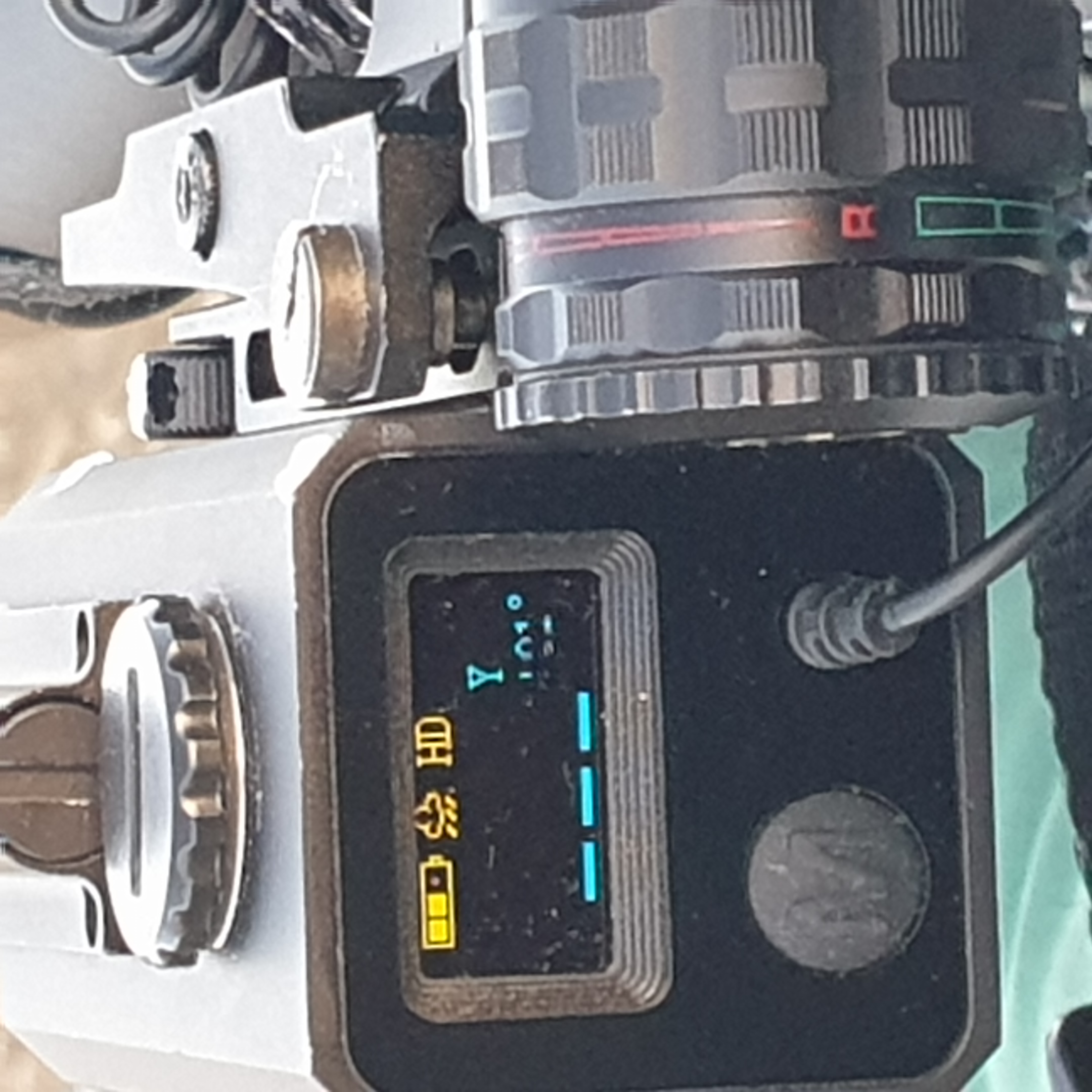I thought I would put this guide together to answer common questions about the terms, tech and misconceptions around thermal technology.
First step in buying a thermal is to decide what kind of hunting you want to use the thermal for. This will then set out some parameters for shopping.
The first thing to consider is lens size. As a general guide for 384x288 sensors:
19mm: bush or close range.
25mm: general purpose
35mm: medium to longer range
45mm and up: long range.
The larger the lens, the higher the magnification, the narrower the field of view - but also the longer the detection range and the greater the resolution.
Generally sensors come in a couple of different sizes. Either 384x288 or 640x480. A common misconception is that the 640x480 is higher resolution when it is not. All a bigger sensor does is create a wider field of view with a resulting lower magnification. A simple way to describe it is if you had a tv that was 640 pixels wide and then covered up enough pixels so the tv was only 384 pixels wide, the resolution hasnt changed, but the amount you can view has (field of view). Their are only 2 ways to get higher resolution, one is to make the pixels smaller and the other is to increase the lens diameter, but this has the effect of increasing magnification too. In practical terms a 640 sensor is great for scanning large areas due to its wide FOV and lower mag, but as soon as you zoom in you are effectively using a lower than 384 sensor.
A basic formula for achievable resoltion is to divide the pixel size by the lens diametre. This is regrdless of whether its 384 or 640 sensor. So a 12 micron sensor / 50mm lens diametre = 0.24 with each pixel representing 24mm at 100m. Whereas a 12 micron sensor with a 19mm lens could potentially acheive 63mm pixel size at 100m
Another big factor in image quality is the software and processing power of the thermal device.
Above we mention pixel size. The current generation sensors are 12 micron. There are still some older 17 micron sensors still on the market. The next big leap forward will most likely be 10 micron and this will mean a small leap forward in resolution. However smaller resolution sensors cannot detect differences in temperature as well as larger sensors. This thermal sensitivity is called NETD.
NETD (Noise Equivalent Temperature Difference) is a popular marketing term for thermals. Most thermals in the medium price range have a NETD between 25mk and 35mk. The lower the value the better. However there is no industry standard for measuring NETD so buyer be warned of advertising claims. The difference can be seen where an animal is a solid colour (high NETD) vs a varied colour (low NETD) demonstrating a scale of temperature difference.
Range finding. Personally I dont use a thermal without an integrated rangefinder. It is very difficult to estimate range at night especially if you are in unfamilar territory. Due to the lower resolution of thermal devices vs daytime optic, animals at longer ranges could be a case of mistaken identity. For example, is it a possum at 300m or a deer at 900m? The more you use a thermal the better you will get at identification by observing how an animal moves. A rangefinder will also help with ballistics. There are already models of thermal available with built in ballistic calculators that are incredibly useful. In fact I wouldnt be without ballistics as I almost exclusively shoot subsonics. You will see brands add ballistics as their technology catches up but at this stage Sytong, Pard and Pulsar are the only brands with ballistic calculators.
Handheld vs Scope. Handhelds are amazing for finding game. You will see game at all hours of the day in places you never would have found them otherwise. See our approximate guide at the top for best thermal lens sizes. Scopes are ideal for night time hunting. I do not recommend using a scope to find game. This will mean setting up a dedicated night time rig or using a QD type mount to swap out your thermal scope with a daytime scope. Unless you invest high quality repeatable rings I would avoid this option. This brings me to clip on thermals. These were designed for european countries that cant have thermal scopes and... Americans. If you want to shoot with a thermal, buy a thermal scope.
Batteries. External non proprietory batteries rock. The best current battery on the market is the 18650 flat top commonly found in vaping shops. You will also find it is popular in quality headlamps, laptops and teslas. Some brands use their own proprietory batteries. Factor in this cost and availability when buying.
Finally - if you've got this far - theres an old saying that "A thermal turns an average hunter into a good hunter". Its pretty much true. Productivity in a time expensive age can be improved with investing in a device that can literally help find game. The cost is not a poor investment with the caveat that you do your homework and establish exactly what you need before shopping. I hope the above saves you thousands before taking advice from a commission salesman or a green store newby.
Cheers from Night Vision NZ
Welcome guest, is this your first visit? Create Account now to join.
Welcome to the NZ Hunting and Shooting Forums.
Search Forums
User Tag List
+ Reply to Thread
Results 1 to 7 of 7
 47Likes
47Likes
Thread: A Layman's Guide to Thermal
-
29-07-2023, 06:47 PM #1Member

- Join Date
- Oct 2020
- Location
- Kapiti
- Posts
- 371
A Layman's Guide to Thermal
Last edited by 55six; 29-07-2023 at 06:58 PM.
-
-
29-07-2023, 08:29 PM #2Member

- Join Date
- Jul 2020
- Location
- Central North Island
- Posts
- 5,348
Yes, last Christmas we did the classic "its a deer at 900" only to advance and find its the little coon bastard at 300m working his way in and out of scrub up a depression. We use the Leica inbuilt range finder in the binos for range estimation (as haven't the $$ for a new thermal) but that's notoriously unreliable, looking at your mate viewing through the thermal and 'pointing' the binos in that general direction and reading off the range. Good for differentiating between 50 and 500m, but not 200-250m

-
29-07-2023, 09:01 PM #3Member

- Join Date
- Dec 2011
- Location
- Southern Alps
- Posts
- 4,962
Range finder for thermal or day scope.This little ranger finder just clips on yr picatinny extra scope ring.Ranges to 600yds.In the sunset turn on the red laser and adjust your red laser beam to where yr cross hairs are showing on target.400yds is a nice distance.Then in the dark just switch it on,no red lazer turned on either.The range finder will give you any distance where the rifle is pointing inside 600yds if conditions are reasonable.Good for rangeing deer at night when you are looking thru yr thermal scope or clip on.Cost about $350 on eBay.



-
29-07-2023, 10:17 PM #4
Why do you not like clip ons? Something like the krypton seems to be better suited for the average hunting rifle doesn’t it? No mucking around re zeroing / re mounting your day optic. What am I missing?
-
29-07-2023, 10:32 PM #5Member

- Join Date
- Dec 2011
- Location
- Southern Alps
- Posts
- 4,962
I have a Infiray ch50v2 clip on,just clip on,no rezeroing.A few on deer didnt like it last summer under the stars.
-
29-07-2023, 10:34 PM #6
now where is Phil when you need him to chime in???? oops thats right...
75/15/10 black powder matters
-
30-07-2023, 01:05 AM #7Member

- Join Date
- Dec 2011
- Location
- Southern Alps
- Posts
- 4,962
Doing a bit of truck driving n taking it easy.
Similar Threads
-
Guide ir50 thermal
By Gerardo in forum Firearms, Optics and AccessoriesReplies: 6Last Post: 15-09-2022, 04:26 PM -
Guide Thermal Quality?
By Dublin in forum Firearms, Optics and AccessoriesReplies: 2Last Post: 12-02-2020, 10:01 PM
Tags for this Thread
Welcome to NZ Hunting and Shooting Forums! We see you're new here, or arn't logged in. Create an account, and Login for full access including our FREE BUY and SELL section Register NOW!!






 LinkBack URL
LinkBack URL About LinkBacks
About LinkBacks



 Reply With Quote
Reply With Quote


Bookmarks